Whether you’re a college student navigating your first year or an adult returning to school after years in the workforce, effective note-taking is key to academic success. With so much information to absorb, knowing how to take notes efficiently can make all the difference. Here are some popular note-taking styles that can help you organize your thoughts, retain information, and ace your exams.
1. The Cornell Method: Structure Meets Simplicity
The Cornell Method is a favorite among students for its structured approach. It divides your paper into three sections: a narrow left-hand column for key points or questions, a wider right-hand column for detailed notes, and a bottom section for a summary. This method helps in organizing information logically, making it easier to review later. For adults who might be juggling multiple responsibilities, this structured approach is a time-saver when reviewing before exams.
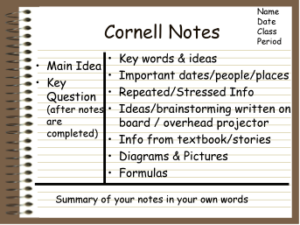
2. Mind Mapping: Visual Learning at Its Best
If you’re a visual learner, mind mapping might be the perfect technique for you. Start with a central idea in the middle of the page and branch out with related concepts, terms, or ideas. This style is particularly useful for subjects that require understanding complex relationships, like history or literature. It also helps in brainstorming sessions and can make your notes more engaging and easier to memorize.
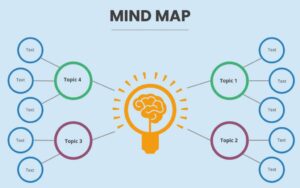
3. The Outline Method: Organized and Hierarchical
The Outline Method is ideal for classes that follow a clear structure, like lectures with defined topics and subtopics. Begin with main topics as headings, and underneath, jot down bullet points of important details, examples, or definitions. This method helps you see the bigger picture and the finer details simultaneously. For learners, this can be especially useful for condensing information into digestible pieces.
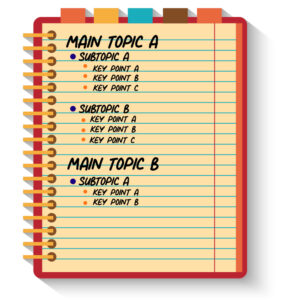
4. The Charting Method: Perfect for Data-Heavy Subjects
For subjects heavy on facts, figures, or comparisons—like statistics or business courses—the Charting Method is a lifesaver. Divide your paper into columns, with each column representing a different category (e.g., date, event, impact). This method helps in tracking trends, comparing data, and reviewing information quickly. If you’re returning to school with experience in data-driven environments, this method will likely feel familiar.
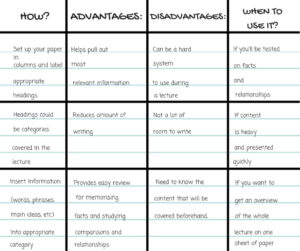
5. The Sentence Method: Quick and Flexible
The Sentence Method is a more informal style, where each new thought or point is written as a new sentence. This method is great for fast-paced lectures where information comes in rapid bursts. While it may result in a lot of notes, it allows you to capture ideas quickly and flexibly. For students who are returning to the classroom and need to quickly adapt to new subjects, this method offers the flexibility to keep up.
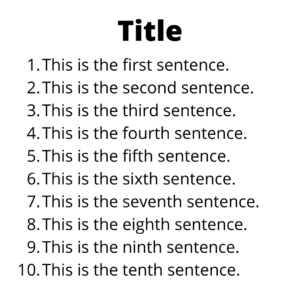
Choosing the Right Note-taking Method for You
No single note-taking style fits all situations. The best approach is to experiment with different methods and find what works best for you, depending on the subject, the nature of the lecture, and your personal learning style. As you continue your educational journey, refining your note-taking skills will not only boost your grades but also make learning more enjoyable and less stressful.